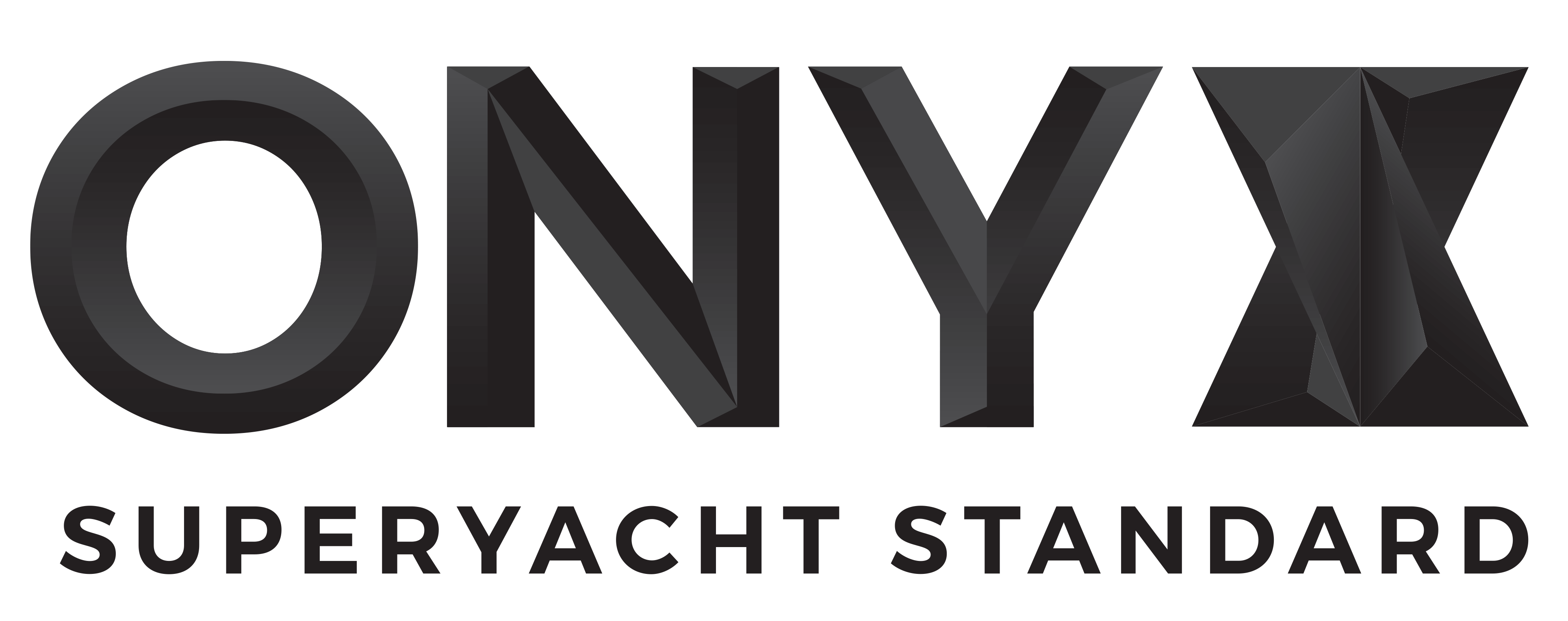Why Does Yellowing Occur in Marine Paint Systems and Fibreglass Gelcoat?
Both marine paint systems and gelcoat are designed to protect a boat’s surface while providing a smooth, glossy finish. However, they are both susceptible to yellowing over time due to the harsh marine environment. Understanding the causes behind this yellowing can help you take steps to prevent it.
1. UV Degradation
The primary cause of yellowing in both marine paint systems and gelcoat is UV exposure. Constant exposure to the sun’s ultraviolet rays breaks down the chemical bonds in both the paint and gelcoat, resulting in a yellowish tint. The resin in gelcoat (typically polyester) and certain pigments in marine paints are especially vulnerable to this degradation, which is most noticeable on older or poorly maintained boats.
2. Water Staining and Contaminants
Boats are exposed to a constant barrage of saltwater, freshwater, and various pollutants. These elements, along with oils and other contaminants in the water, can cause staining on both marine paint and gelcoat, leading to yellowing. Salt deposits, algae growth, and polluted water can embed into the surface, creating a discoloured, yellowish appearance over time.
3. Oxidation and Resin Breakdown
Oxidation affects both marine paints and gelcoat. Exposure to oxygen in the air can cause the paint’s chemical structure to change, while the resin or plasticisers in gelcoat may break down and leach out, leading to yellowing. This process is a natural part of ageing but can be accelerated by heat and exposure to chemicals in the marine environment.
4. Moisture and Saltwater Exposure
Constant exposure to moisture and saltwater can degrade marine coatings and gelcoat, leading to yellowing. Salt deposits and water trapped beneath the paint layer can destabilise the surface, causing discolouration. This is particularly common in humid marine climates.
5. Heat Exposure
Both marine paint and gelcoat are affected by heat. Prolonged exposure to high temperatures can cause the breakdown of the binders and pigments within the paint and the resin within the gelcoat. This is especially problematic on darker surfaces or areas near engines, where heat is more concentrated.
- Prevention Tip: Regular washing with pH neutral soaps and applying a UV-resistant coating can help protect the gelcoat from yelowing. For severely yellowed areas, a professional buffing or refinishing may be required.
How to Prevent and Treat Yellowing in Marine Paint Systems and Gelcoat
1. Regular Cleaning and Maintenance
Maintaining a clean surface is the first line of defence against yellowing. Regularly washing your boat with pH neutral soaps to remove salt, dirt, and pollutants that can contribute to discolouration.
2. UV Protection
UV inhibitors, which are often found in marine waxes and UV-resistant coating, help protect both marine paint and gelcoat from harmful sunlight. Applying these products regularly as part of your maintenance routine can significantly slow down the yellowing process.
3. Polishing/Buffing and Stain Removal
For surfaces that have already begun to yellow, a polishing compound and buffing pad can help restore the original gloss and colour. This method is effective for treating mild cases of oxidation and UV damage, giving your boat a refreshed look.
Alternitivly, use ONYX Revive which will remove staining easily and safely with its pH balanced formula.
4. Ceramic Coating
Applying a ceramic coating provides an advanced level of protection for both marine paint systems and gelcoat. Ceramic coatings form a durable, high-gloss barrier that guards against UV rays, saltwater, and chemical exposure, preventing yellowing while maintaining a sleek finish.
5. Choosing the Right Paint
If you’re repainting or refinishing your boat, consider using high-quality marine paints like Awlgrip or Awlcraft. These systems offer better resistance to UV damage, oxidation, and moisture. While Awlgrip provides exceptional durability, but be aware that you cannot cut/polish it. Awlcraft offers ease of maintenance and repair. Both options are designed specifically for marine environments to minimise yellowing and other types of wear.
Conclusion
Yellowing in marine paint systems and gelcoat is a common issue caused by UV exposure, water staining, oxidation, and heat. However, with proper care and regular maintenance, you can minimise the effects and keep your boat clean. By protecting your boat with UV inhibitors, washing it regularly with pH neutral soaps, and using advanced coatings like ceramic coating, you can extend the life of your marine surfaces and reduce the chances of yellowing.
Shop now for everything you need to keep your boat looking good.
https://shoponyx.co.uk/boatcleaningproducts/

